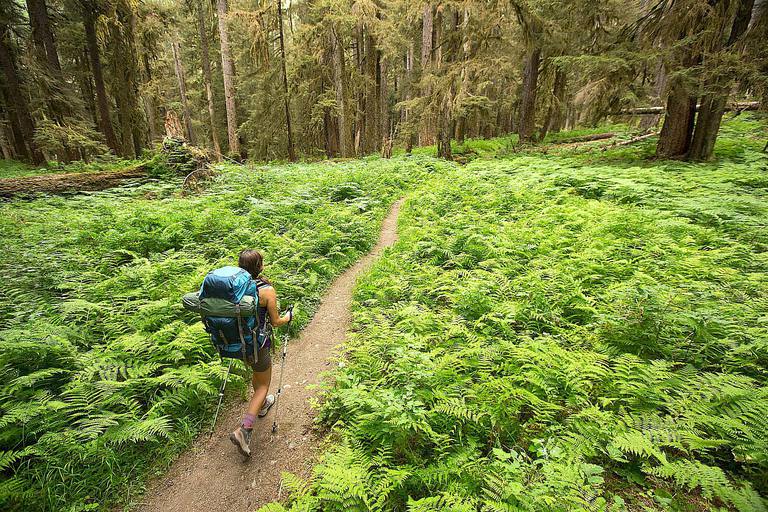Ecotourism is a relatively new word. It was first used in Central America, defined as: “Environmentally responsible travel and visitation to relatively undisturbed natural areas, in order to enjoy and appreciate nature (and any accompanying cultural features – both past and present) that promotes conservation, has low negative visitor impact, and provides for beneficially active socio-economic involvement of local populations.”
– Hector Ceballos-Lascurain (1983)
In 1991, the US based Ecotourism Society (now The International Ecotourism Society) defined it as “Responsible travel to natural areas that conserves the environment and sustains the well being of local people.”
Both these definitions include the elements of environmental conservation & education, community development and responsible travel to / from the destination, a concept that forces us to consider modes of transport.
Great Canadian Wildlife Adventures believes in and practices the principals of eco-tourism.
Our operational philosophy is to be as unobtrusive on the land and waters as possible, and includes the teaching and applied practice of minimum-impact considerations to all of our field activities within practical and economically-viable guidelines.
Such practices include doing what we can to minimize the use of fossil fuels for remote field access as well as during the day-to-day operations of our camps; the removal of all garbage from the field; campfires only allowed in metal fireboxes and/or below the high-water marks; prohibiting the cutting of live trees; strict ‘catch & release’ fish management, etc.
Ideally, we try not to even leave footprints!
During our four decades of Northern Arctic operations, we are fortunate to have located, and subsequently to offer genuine wild wolves viewing, active caribou water crossings and musk-oxen grazing ranges.
We are fortunate to be able to offer quality photography and viewing of these wild animals with a high degree of success.
Yet, in such a huge landscape as the Canadian Arctic, and with such unknown variables from season to season as wolf population densities, false-den years, changing caribou migratory routes and hunting & trapping pressures from the tree-line; the task to locate animals can often be formidable.
Once located, extreme care must be taken not to disturb them, as careless human exposure & activities can influence the behavioral patterns of wild animals and birdlife.
Great Canadian Wildlife Adventures will not endorse wildlife harassment in any form, or for any reason.
Nor will we endorse feeding or luring wildlife at any time to provide closer viewing.
Of critical importance are field practices that minimize disturbance of wildlife and bird life – the ideal wildlife encounter to us is one where we come, watch and then leave without the animals ever knowing of our presence…

